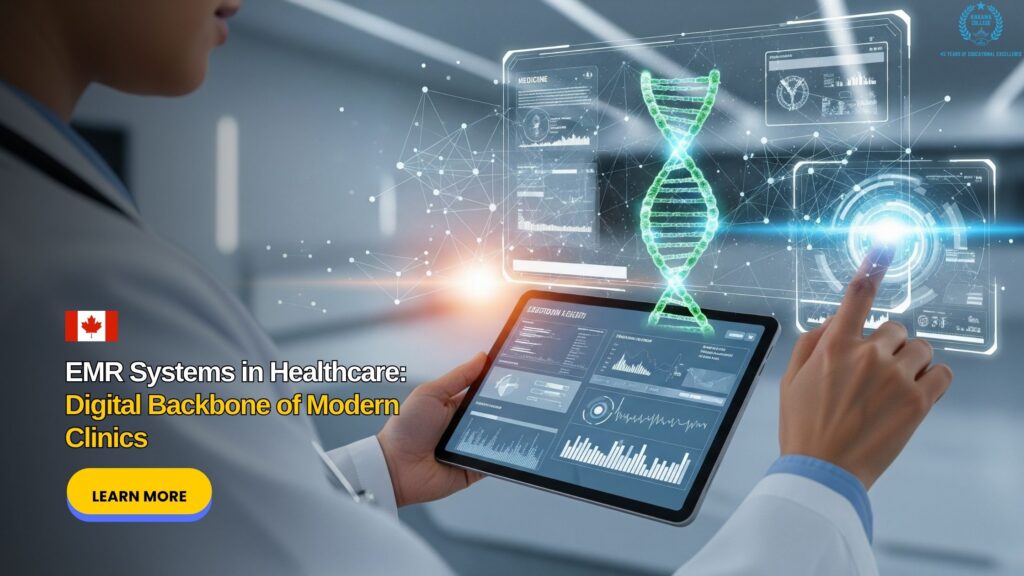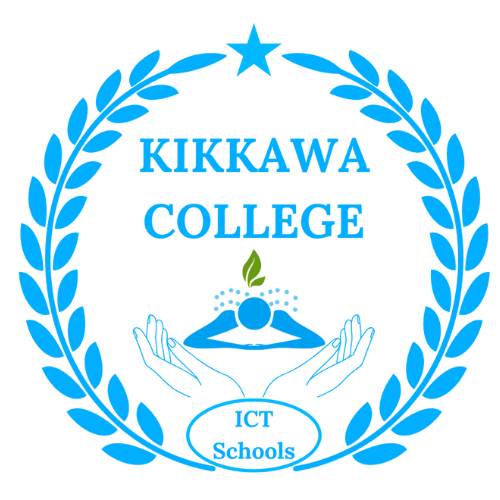The image of a medical office filled with rows of bulky, paper patient files is rapidly fading into history. In its place is the digital clinic, powered by Electronic Medical Records (EMR) systems. For a Medical Office Administrator, proficiency with EMR software is no longer a bonus skill—it is an absolute necessity. This technology has fundamentally transformed healthcare administration, creating new efficiencies, enhancing patient safety, and elevating the entire standard of care, with the administrator at the helm of its daily operation.
An EMR is a digital version of a patient’s paper chart. But it is far more powerful than a simple digital filing cabinet. It is a real-time, patient-centered record that makes information available instantly and securely to authorized users across the entire clinic. For the administrator, this means check-in is faster and more accurate. Patient demographics, insurance information, and medical history are available with a few clicks. Scheduling becomes more intelligent, as the system can flag potential conflicts, track appointment types, and send automated reminders to patients, drastically reducing no-show rates. The administrative burden of pulling and filing physical charts is eliminated, freeing up time for more complex tasks.
The impact on clinical care and safety is even more significant. EMRs reduce errors caused by illegible handwriting. They can automatically alert the doctor to potential drug interactions when prescribing medication and highlight critical information like patient allergies. When a lab result comes in, it is electronically attached to the correct patient’s chart immediately, ensuring the physician sees it without delay. The administrator is often the gatekeeper of this flow of information, responsible for scanning in external documents, managing digital faxes, and ensuring the integrity of the data within the system.
Mastering an EMR system requires a blend of technical aptitude and a deep understanding of medical workflows. The Medical Office Administration diploma at ICT Schools provides hands-on training with industry-standard software, preparing you to be the clinic’s technology expert. You learn not just how to input data, but how to leverage the system to streamline operations, improve communication between staff, and contribute directly to a higher quality of patient care. In today’s healthcare landscape, the most effective administrators are those who can seamlessly bridge the gap between clinical needs and digital solutions.






